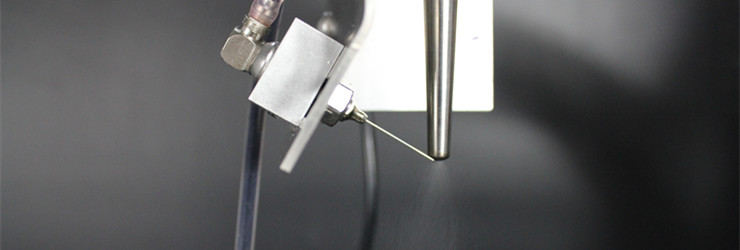Ultrasonic Nozzle Flow Range
The flow range is determined by three factors:
Aperture size
Atomized surface area
Liquid characteristics
https://youtu.be/d9_1y5vHOO0
The pore size plays a major role in determining the maximum and minimum flow rates. The maximum flow rate is related to the speed at which the liquid flows out of the atomizing surface. The atomization process relies on the diffusion of the liquid stream onto this surface and the generation of capillary waves. At low flow rates, the surface force is strong enough to “suck” the liquid and attach it to the surface. As the velocity of the water increases, when the critical velocity is reached, the kinetic energy of the water overcomes the surface forces, causing the water flow to completely detach from the surface.
In theory, there is no lower flow restriction for any size aperture because the process is independent of pressure. But in fact, there is a lower limit. When the flow rate is reduced, the reaching speed becomes so low that the liquid appears in a non-uniform circumferential manner at a point on the atomizing surface, causing the atomization pattern to deform. This distortion is tolerable in applications where stable sprays are not important (such as some chemical reaction chambers). In other applications, the integrity of the pattern is critical (eg, surface coating) and low speed flow deformation is unacceptable.
The available atomized surface area is the ultimate factor affecting the maximum flow rate that can be achieved for a given nozzle.
The more difficult the liquid is atomized, the lower the maximum flow rate for a given nozzle.



